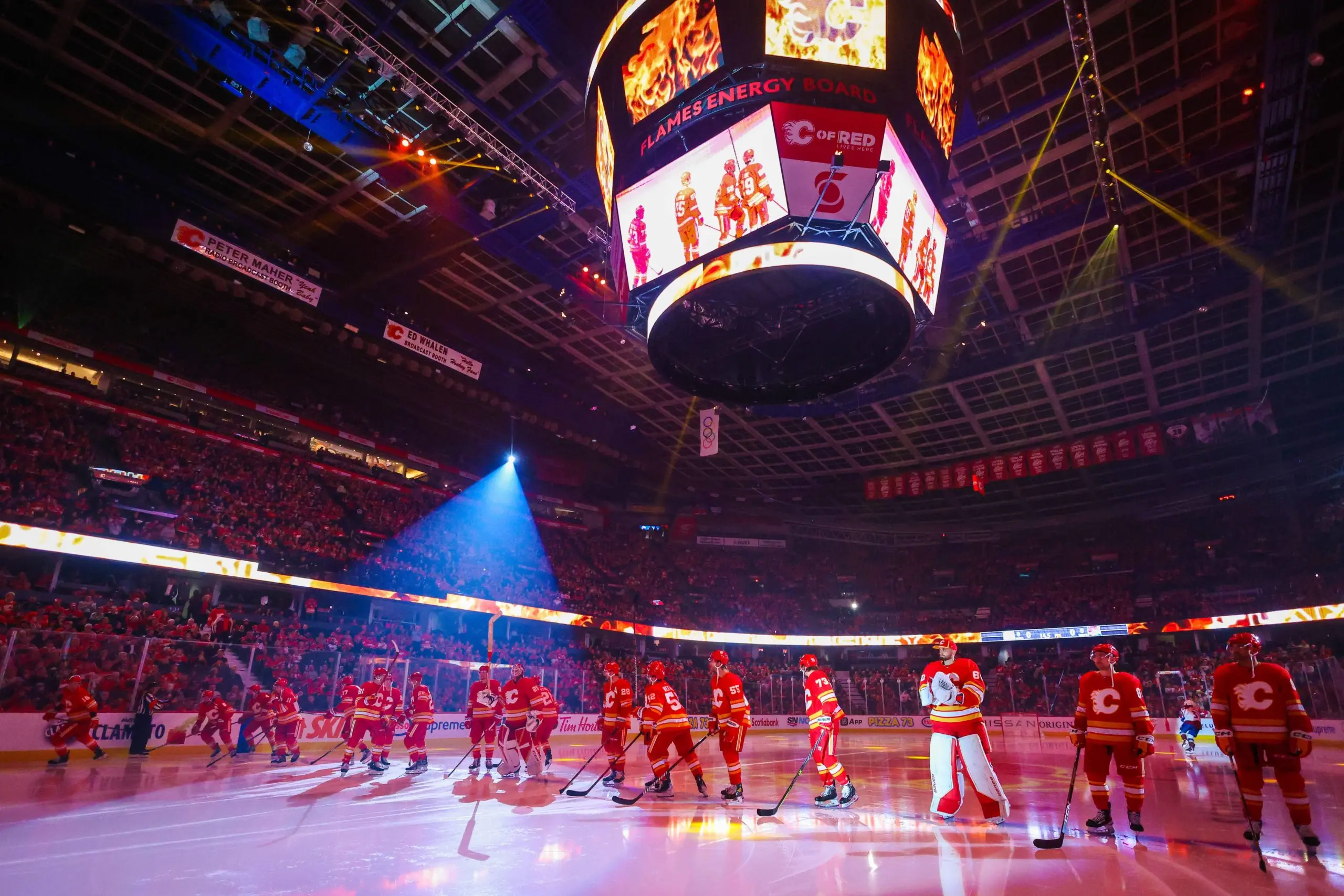How LTIR works and how the Calgary Flames could use it
Photo credit: Sergei Belski-USA TODAY Sports
Keep scrolling for the next article
Breaking News
- Recap: Calgary Wranglers earn seventh straight win in Indigenous Celebration game
- Around the NHL: Senators forward Shane Pinto out week-to-week
- Lottery watch: Flames starting to slide in the Pacific Division standings
- Beyond the Boxscore: Bad penalties and bad bounces abundant in Flames’ loss to Jets
- Flames Post-Game: The Jets remain undefeated with a 5-3 victory over the Flames
